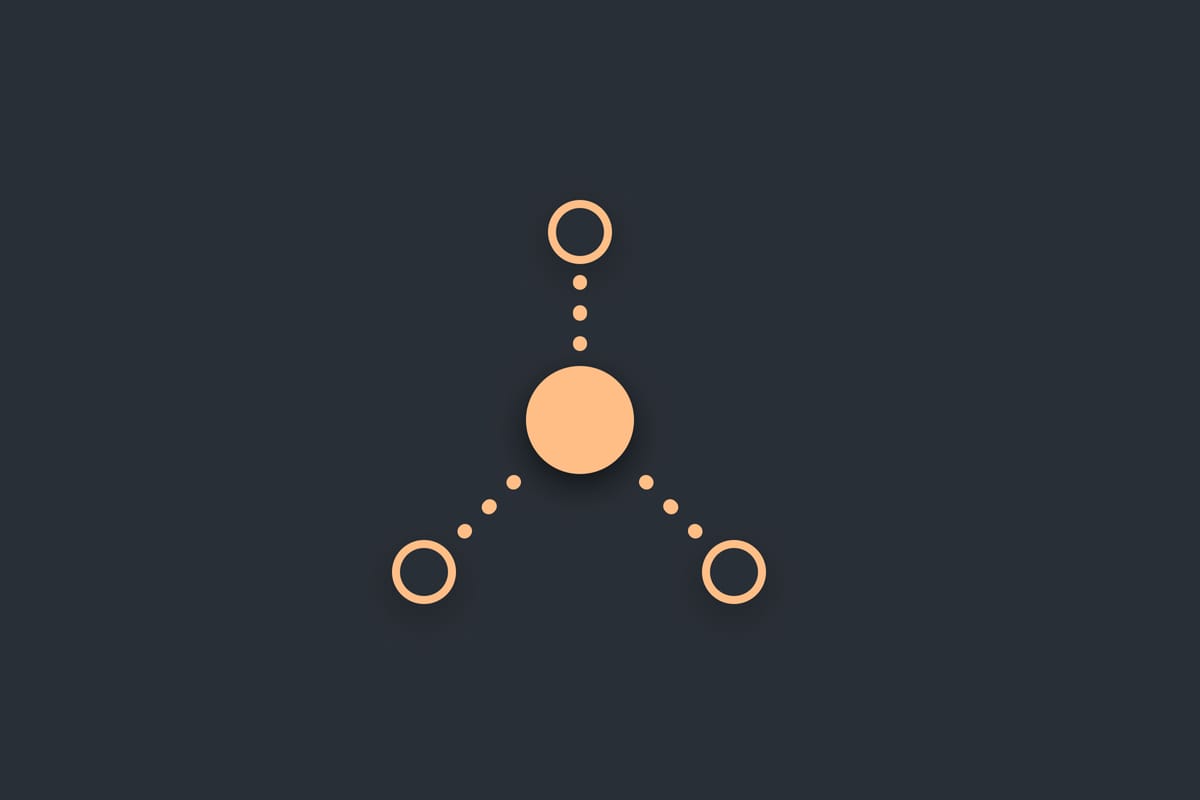A guide to mitigating the downsides of remote working

Remote work isn't for everyone. In this article, I'll talk about the pitfalls of remote work and how you can mitigate them if you get ahead and acknowledge they could happen to you.
Since the pandemic, remote work has increased in popularity from both employee and employer perspectives. Traditional businesses realised they could trust their employees to work physically unsupervised. They also discovered that by doing this, they saved huge amounts on office space rental. Although some businesses have now gone back full-time to the office, a large amount have either embraced a fully remote workforce or gone with a hybrid strategy.

I’ve worked fully remote for more than 15 years (before Slack existed!), and have seen how remote work has evolved, and in some cases, is not for everyone.
For it to work for you, you have to be able to embrace change and have certain character traits to succeed. The rest of the article highlights some concerns you have to acknowledge and plan to mitigate before you commit to your first remote role.
Loneliness
One of the most obvious issues facing remote workers is that of loneliness and feeling isolated. Loneliness can creep up on you if you don’t have provisions in place to prevent it from happening.
Being able to talk about your work, and talk through problems is an important part of being a product designer. If you’re starting in a remote role at a new company, being this vulnerable early in the position can be daunting. At most medium-large companies, you’ll be buddied up with longer-serving designers to help you through this, but for smaller companies and especially start-ups, you might be on your own. Be prepared for that, and find an engineer or salesperson who has some design background.
In my previous role, I was lucky to be one of two senior product designers starting on the same product simultaneously. We were able to share our experiences, bounce ideas off each other, and critique each other's work. In other positions, I haven’t been as fortunate and have had to find allies (usually in engineering) who have experience with design.
One other thing I’ve found to help with isolation is to avoid just messaging colleagues and try to voice and video call with them. You'll need to be respectful of their time and when you ask for these interactions.
Overworking
To some extent, I think everyone now expects to work beyond the 9-5, but something that can creep up on you is when you find yourself working that extra time consistently, or working on a weekend ‘because you can’, not because you need to. Maintaining a healthy work-life balance can be challenging when working remotely, but it’s important to set your boundaries and expectations of others early in a role.
Health concerns
Poor ergonomics, or simply working for too long in a session can cause serious health problems down the road. Options to combat this include a standing desk and changing your position every 60 minutes or so.
Other activities you can do are these stretches just three times a day. I do these for 10 minutes before the work day starts, 10 minutes at lunch, and 10 minutes at the end of the day. As we’ll explore next, being disciplined in other aspects of your work-from-home life is key.
If you do invest in a standing desk, going from being previously seated all day to a seated/standing 50:50 split can be painful for some. I’d encourage you to build up to doing 60-minute standing sessions if you’re new to it.
Self-discipline & motivation
I’ve found that setting yourself a routine and sticking to it is another key aspect of making remote work work for you. It doesn’t have to be the 9-5 (and probably won’t be if you’re in a global team), but having a structure around when you work and more importantly when you don’t, is an essential discipline.
You also have to be self-motivated. When working from home you have a wealth of distractions close by at all times. Depending on your preferences, you might have a PlayStation, streaming to catch up on, books you want to read; the list goes on. If you’re not self-motivated, maybe remote work is not for you.
The ideal is to have a dedicated workspace away from these distractions. This can be hard in a city apartment, but even a small pullout desk can help with successfully setting yourself up to be disciplined.
Career growth and visibility
Since the pandemic, there has been a lot of concern about career growth for those who opted to work from home or who have been full-time remote workers, especially among minority groups. In hybrid companies where some employees are in the office, and some are fully remote, remote workers usually have to work harder and excel to a higher standard than office workers, to be in the thoughts of their team leads.
As a team lead of a hybrid group of designers, it’s crucial to treat both sets of employees equally when opportunities arise.
Is there anything I've missed?
I've mentioned five potential negative aspects of remote work and how you can mitigate them. Have you come across any others? Let me know.




